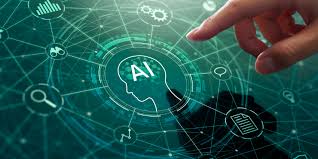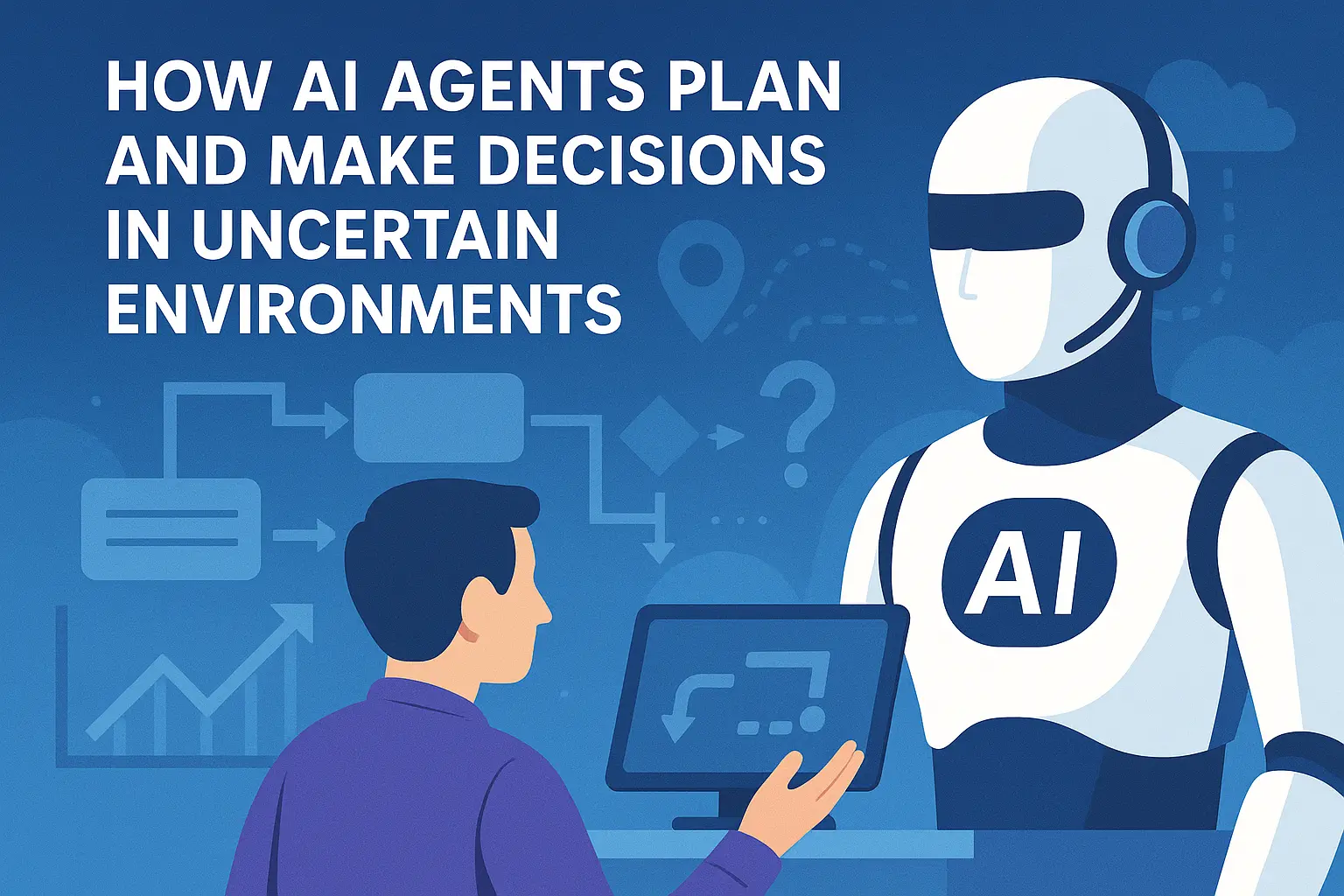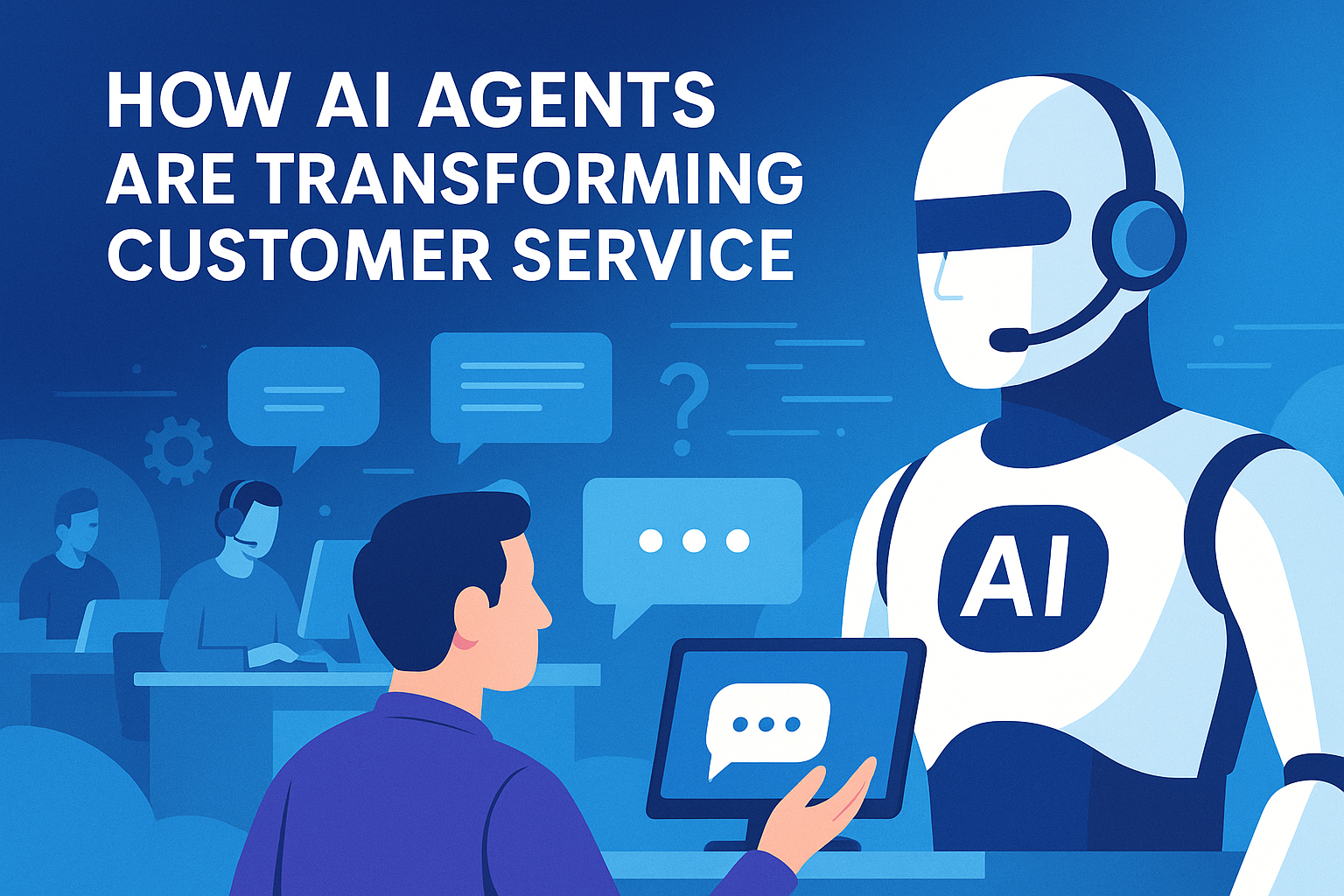As artificial intelligence becomes more integrated into our daily lives—from virtual assistants to self-driving cars—understanding the types of AI agents that power these systems becomes more important than ever.
AI agents are intelligent systems designed to perceive their environment, make decisions, and take action. Depending on how they are built and what they are designed to do, they fall into four main categories: Reactive Agents, Goal-Based Agents, Utility-Based Agents, and Learning Agents.
Let’s break each type down in simple terms, with real-world examples.
1. 🤖 Reactive Agents
What They Are:
Reactive agents are the most basic type of AI agent. They do not store past experiences or plan for the future. Instead, they respond to current inputs based on predefined rules.
How They Work:
- No memory of past actions
- React only to the present situation
- Fast, but limited in capability
Example:
A thermostat is a simple reactive agent. If the room temperature rises above a set level, it turns on the air conditioner. No learning, no memory—just action based on current input.
Use Cases:
- Basic robotics
- Simple chatbots
- Automated doors
2. 🎯 Goal-Based Agents
What They Are:
Goal-based agents are a level up from reactive agents. They make decisions based on a specific goal they need to achieve.
How They Work:
- Understand their environment
- Analyze actions that will help achieve a goal
- Choose the best path to success
Example:
A GPS navigation system is a goal-based agent. Its goal is to get you from Point A to Point B, and it makes decisions based on current traffic, road closures, and the fastest route.
Use Cases:
- Self-driving cars
- Smart assistants
- Robotic pathfinding
3. 📊 Utility-Based Agents
What They Are:
Utility-based agents take it a step further by not just working toward a goal—but choosing the best way to achieve that goal based on preferences or “utility”.
How They Work:
- Evaluate different outcomes
- Assign a utility value to each
- Choose the action with the highest utility
Example:
An AI trading bot in stock markets not only aims to buy low and sell high (goal) but also considers risk, timing, and expected profit to decide the best trade (utility).
Use Cases:
- Financial decision-making systems
- Personal recommendation engines
- Complex game AI (like in chess or strategy games)
4. 🧠 Learning Agents
What They Are:
Learning agents can learn from experience and improve their performance over time. They adapt to new situations without being explicitly programmed.
How They Work:
- Use feedback from the environment (positive or negative)
- Modify behavior based on outcomes
- Become smarter over time
Example:
ChatGPT is a learning agent. While it doesn’t learn from every single chat for privacy reasons, it was trained on large datasets and fine-tuned to improve over time using reinforcement learning.
Use Cases:
- Voice assistants like Alexa or Siri
- Recommendation systems (Netflix, YouTube)
- AI in games that adapt to your playing style
Final Thoughts
Understanding the types of AI agents gives you a clearer picture of how artificial intelligence works behind the scenes.
| Agent Type | Key Feature | Example |
|---|---|---|
| Reactive Agent | Responds to present only | Thermostat, motion sensors |
| Goal-Based Agent | Acts to achieve a goal | GPS navigation, robots |
| Utility-Based Agent | Chooses best option | AI trading bots |
| Learning Agent | Learns from experience | ChatGPT, Alexa |
As AI continues to evolve, we’re seeing more hybrid agents that combine features from all these types—creating intelligent systems that are fast, goal-driven, optimized, and constantly improving.






